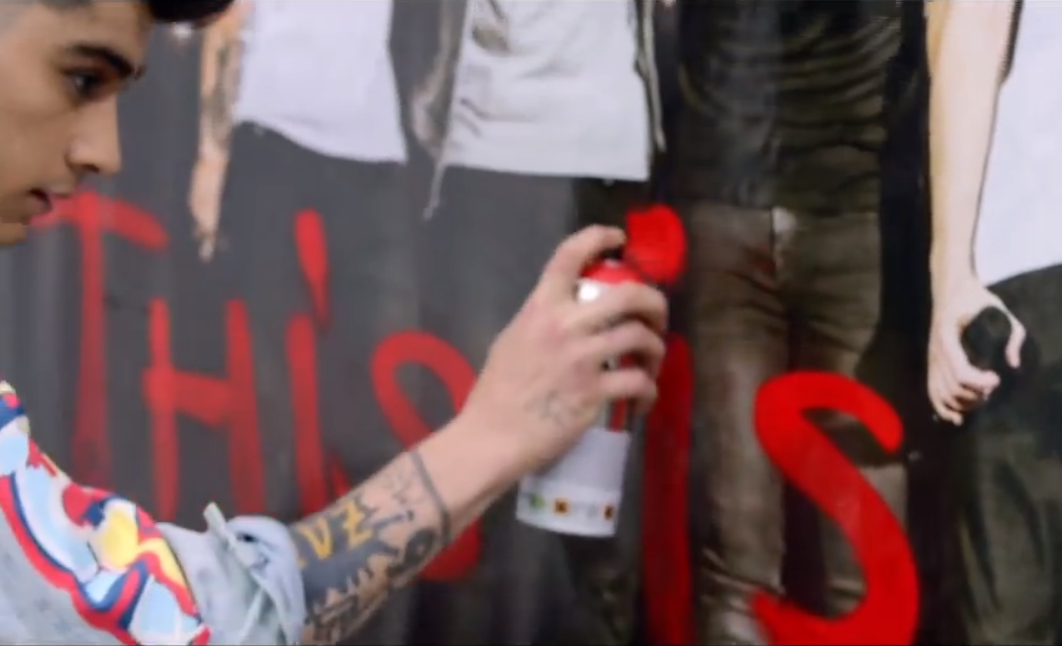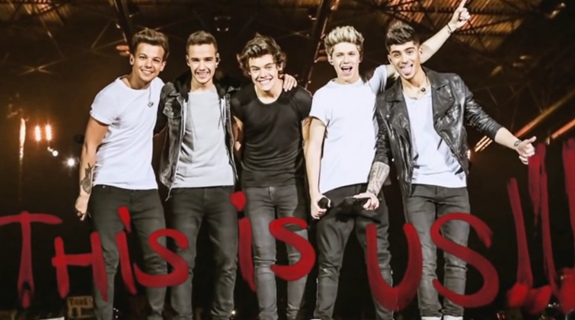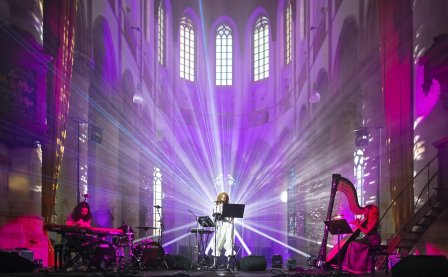This essay is the second in a semi-regular series of slightly longer pieces exploring some of the ideas and conceptual strategies we think are at the heart of music production and reception today.
Our last piece, “The Trouble with Contemporary Music Criticism,” was about history. We argued that contemporary music writing often fails to think about history adequately because of its commitment to a mostly unacknowledged ideology of progress. This is particularly problematic, we said, when so much of the strongest music being made today seems to take history itself as its main point of orientation. Musicians keep presenting us with alternatives to this default idea of music as the endless progression of the new, and we keep missing it. The best in contemporary music is often much smarter than we think it is — and much more productive too.
Contemporary music is often accused of a kind of passivity: of refusing to be sufficiently “political,” of failing to “innovate,” of capitulating to the stultifying forces of retro-culture, of being little more than a composite of historical references. But in order to think that way, you need to commit to a pretty narrow view of “politics” and “innovation”. It is, by contrast, perfectly possible to listen to contemporary music and hear something extremely active: music that, in its best instances, is right in the thick of both questioning and rethinking ideas and hegemonies (like history and progress) that underpin art, culture, and social life. For this reason, it is also robustly political. It really does matter.
But our last essay left a lot of key terms unaccounted for. What did we mean by “contemporary music criticism,” for instance? Or, for that matter, “contemporary music”? If the answers to these questions seem self-evident, or if the questions themselves seem redundant, they shouldn’t. The assumptions we make about each of these key terms are directly bound up with how we write and listen.
We’ll look at the question of criticism next time. In this essay, we’d like to tackle the question “What is contemporary music?” The answer to this question will unfold in two parts. First, we’re going to argue that the key to this question is the relationship between pop and non-pop: a relationship that contemporary music, with increasing intensity, is actually already investigating itself. And second, we’re going to argue that it is this investigation that has laid the groundwork for some of the most inventive musical experiments in recent years.
PART 1: POP AND NON-POP
Pop Eats Itself1
If you asked yourself what sort of music you tend to listen to and read about on sites like Tiny Mix Tapes, what would you say? Underground music? Experimental music? Terms like these are always either too specific or too vague. Usually, the easiest method is to answer by putting the music we like into dialogue with what it is not — whatever I listen to, it’s predominantly not pop music. This pairing is the most common way that music in the 20th century has been defined — popular vs. serious music, pop vs. experimental, mainstream vs. underground.
But by defining pop by what it is not, we often ignore the fact that pop music has always had a bit of a knack for defining itself.
In 1957, Chuck Berry released a song called “Rock and Roll Music.” It went, “Just let me hear some of that Rock And Roll Music/ Any old way you choose it/ It’s got a back beat, you can’t lose it/ Any old time you use it/ It’s gotta be Rock And Roll Music/ If you want to dance with me/ If you want to dance with me.” The song peaked at #8 in the US charts and, in obvious tribute to an artist and a genre they loved, would go on to be covered by the likes of Bill Haley & The Comets, The Beatles, and The Beach Boys. All of them were making rock & roll about rock & roll.
Without listing endless examples, what we’re suggesting is that, from its very beginnings in the 1950s and 1960s, the modern form of pop music has always had a certain self-reflexive quality. It drew its own boundaries to some extent, defined itself in the process of its own embodiment and production.
What’s most striking, however, is just how much pop seems to have upped the ante in this respect over the last 60 years.
Let’s take three examples from last year. In September 2013, 14-year-old US pop star Madison Beer released “Melodies.” The video starts with Justin Bieber listening to the song on a set of purple Beats speakers. “You hear that, Ryan?” he asks. “That’s a smash.” He signs a set of matching purple headphones, puts them in a big red box, and we cut to Madison opening said box somewhere in middle America. She takes out her newly Bieber-pimped Beats, puts them on, and hears herself singing. “I hear melodies in my head, hear melodies in my head, hear melodies in my head… My heart is a beating drum, repeating my favorite song.” This, then, is an earworm about the fact that it’s an earworm. This is pop eating itself.
Or have a listen to Zendaya’s “Replay” (released in July). Here, the chorus is “I wanna put you on repeat, play you everywhere I go… e-e-everywhere I go, play you everywhere I go…” and then, “Ya-ay, wanna put this song on replay, I can listen to it all day, I can listen to you all day, ye-ah all day.” And this chorus is, of course, repeated endlessly.
Both songs are incredibly catchy. Importantly, though — and this is something that arguments about pop as simple standardization generally miss — both are also about the experience of listening to catchy songs. At the level of structure and content, these examples present themselves as somehow epitomizing the contemporary pop song, which is to say endless, surface-level enjoyment. Moreover, they’re also hyper-aware of how they are going to be listened to — the socio-technological assemblage of contemporary listening practices: headphones, MP3s, iPhones, pause, loop, >>, <<. These are songs that know their own media-environment.
One Direction’s “Best Song Ever,” another release from July, goes one step further. Lyrically, we’re in a similar ballpark. The song is about “dancing all night to the best song ever,” as the listener is interpolated into doing the same. “I think it went oh, oh, oh, I think it went yeah, yeah, yeah, I think it goes… Woo!” But this time, not only does the video depict One Direction making a pop video, which also cuts regularly to recorded footage of the band being adored as pop stars, this video also introduces a dance, precisely for you to “dance all night to,” in an extremely self-conscious way. The video finishes with the boys painting the words “This is us!!!” on a photo of themselves.


They’re right, of course. This is exactly what One Direction is: a representation inside a representation. As if to say, in the pop present, it’s simulacra all the way down. And what’s more, it knows it.
1. Thanks to Jonathan Dean, who mentioned the Madison Beer and Zendaya examples to me a few months ago on Facebook and who at the time used the phrase “pop eats itself.”
More about: ADR, Daniel Lopatin, Dean Blunt, Gatekeeper, James Ferraro, Yen Tech



